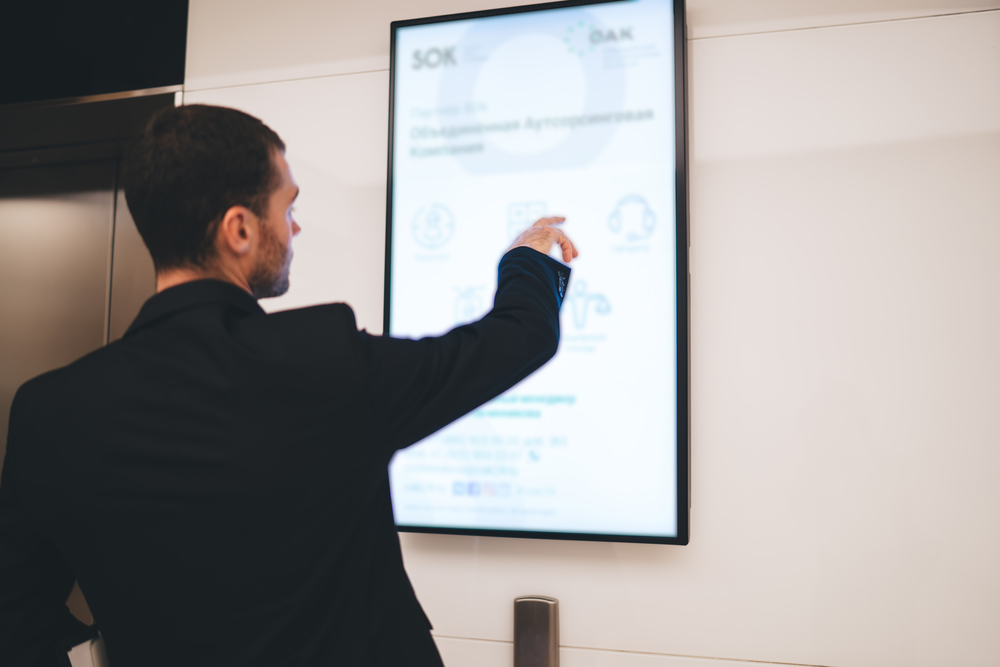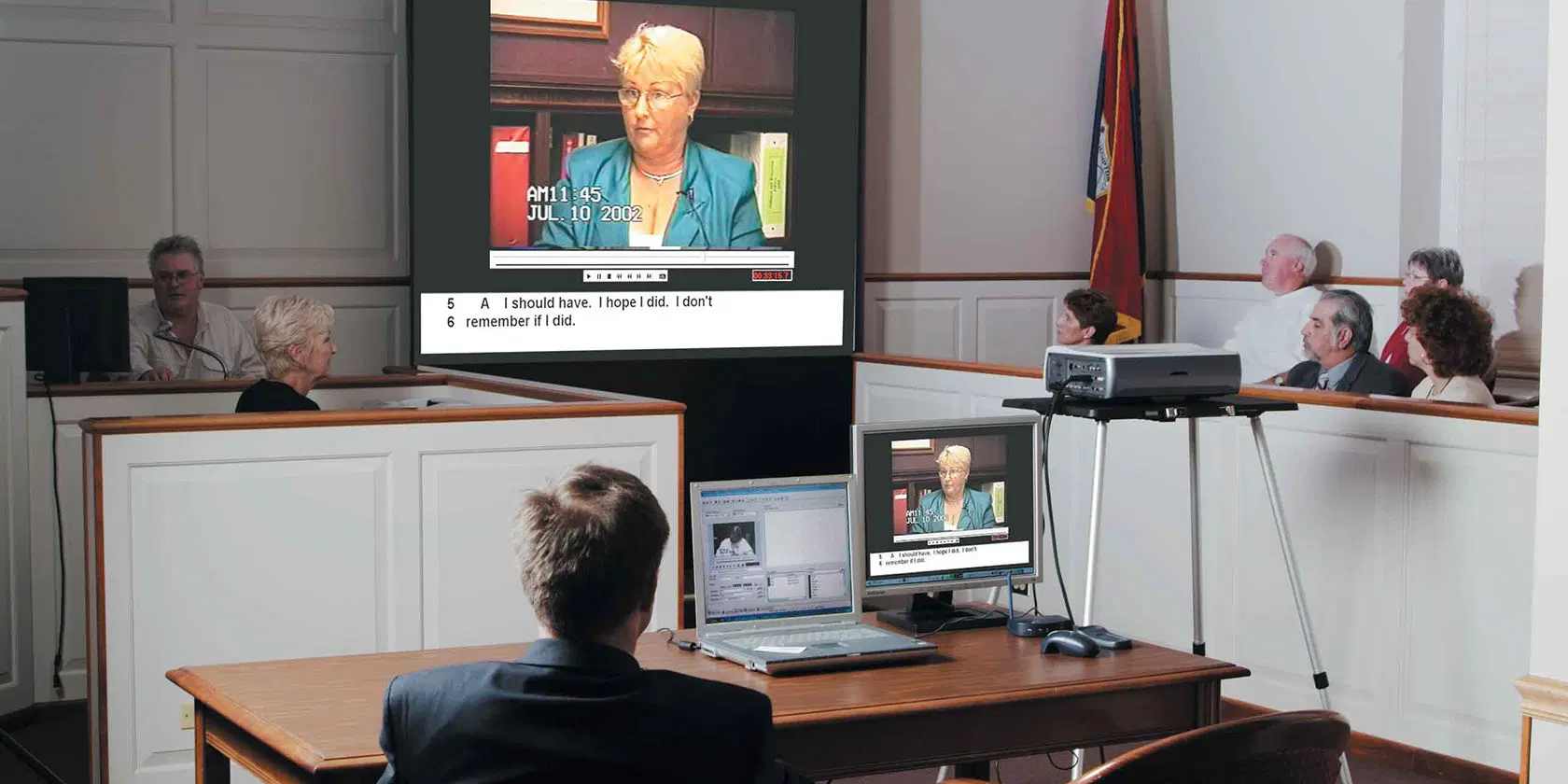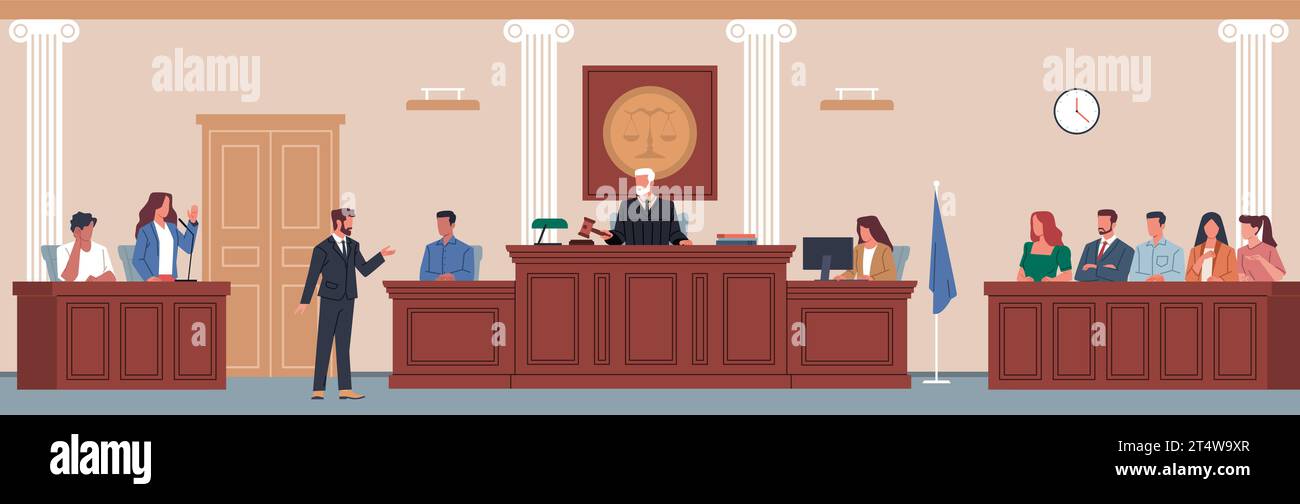Attorneys rely on powerful trial presentations to strengthen their cases.
Attorneys rely on powerful trial presentations to strengthen their cases.
Blog Article
How Trial Presentations Enhance Your Debate and Convince Jurors
Trial presentations offer as a crucial system for enhancing lawful debates and convincing jurors. By incorporating aesthetic aids, narrative frameworks, and psychological engagement, lawyers can produce an engaging situation that reverberates on multiple levels. The strategic usage of visuals not only clarifies complex details but additionally catches jurors' focus better than words alone. The art of storytelling plays an equally essential role in transforming accurate evidence right into a compelling narrative, forming jurors' assumptions. Recognizing these components can substantially affect test results, elevating the inquiry of how each element adds to this intricate dynamic.

Significance of Aesthetic Help
Aesthetic help play a critical function in improving the performance of test presentations, as they can dramatically boost audience involvement and retention of info. In the context of a test, where jurors are charged with handling complicated information, aesthetic help serve to simplify and make clear essential factors. Charts, charts, and pictures can share information and concepts that might otherwise bewilder or confuse jurors, enabling a more simple understanding of the evidence provided.
Moreover, aesthetic aids help in keeping juror interest throughout the proceedings. By breaking the uniformity of verbal testimony, these tools can punctuate critical disagreements, making them extra memorable. Efficient aesthetic help can also evoke emotional actions, which can be critical in convincing jurors to align with the speaker's story.

Crafting Engaging Stories
A compelling story is crucial in trial presentations, as it functions as the foundation of effective persuasion. It enables lawyers to weave together truths, proof, and emotional aspects right into a coherent tale that resonates with jurors. This narrative structure allows jurors to recognize the intricacies of the case while directing them via the lawyer's argument.
To craft an engaging story, attorneys ought to concentrate on clarity and coherence. This includes establishing a clear protagonist-- usually the client-- and outlining their journey through the occasions concerned. Providing the truths in a sensible series boosts understanding and keeps engagement. Additionally, the use of vibrant descriptions can produce mental pictures that assist jurors envision the occasions, making the story extra remarkable.
In addition, incorporating crucial styles throughout the presentation strengthens the core message and aids in retention - trial presentations. The narrative ought to not only share details however also evoke a feeling of pop over to this web-site justice, highlighting the risks involved. Ultimately, a sound narrative fosters a link in between the jurors special info and the situation, positioning the lawyer's disagreement as both reputable and engaging, consequently enhancing the possibility of a favorable decision

Involving the Court Emotionally
Effective jury engagement depends upon the lawyer's capability to get in touch with jurors on a psychological level. This link can considerably impact jurors' assumptions and their ultimate decision-making. Utilizing sob stories permits attorneys to humanize the instance, transforming abstract lawful principles right into relatable experiences. By presenting real-life stories or testimonials, lawyers can evoke compassion and empathy, promoting a deeper understanding of the concerns at stake.
Visual help, such as photographs or videos, can better enhance psychological engagement, giving jurors with vivid representations of the instance's human elements. Crafting a narrative that highlights the battles and victories of the individuals involved makes sure that jurors see beyond the legal debates and recognize the human repercussions of their decisions.
A lawyer's enthusiastic shipment can resonate with jurors, reinforcing their emotional financial investment in the instance. It's essential to balance psychological allures with accurate evidence, making sure that jurors really feel obliged to act while staying grounded in the truth.
Structuring Your Discussion

The body of the presentation must be realistically segmented right into crucial factors, each sustained by compelling evidence. It is valuable to utilize storytelling strategies to weave facts right into a narrative that jurors can conveniently comply with. Visual aids, such as graphes and videos, can boost understanding and engagement, aiding to highlight important items of evidence.
Real-World Case Research Studies
Analyzing real-world study provides invaluable insights into the art of trial presentations and persuasion. The landmark situation of "O.J. Simpson v. The Individuals of California" shows just how visual aids and engaging narratives can persuade court perceptions. The defense group effectively utilized an approach that combined prominent professional testimonies with multimedia presentations, which astounded jurors and ultimately influenced their decision.
Another significant instance is the "McDonald's Coffee Case," where the complainant's lawyers made use of visuals pictures of the injuries suffered by Stella Liebeck. trial presentations. This plain visual proof played a critical duty in sharing the extent of her burns, leading to a significant jury honor. Such instances show that impactful test discussions commonly rest on the efficient combination of visuals and storytelling to evoke emotional feedbacks from jurors
In addition, the "Casey Anthony Test" highlighted the relevance of narrative comprehensibility and credibility. The prosecution's failing to develop an engaging timeline reduced their persuasive power, underscoring the necessity of a well-structured presentation. Analyzing these instances exposes that successful trial discussions need tactical planning, psychological interaction, and the capability to resonate with jurors' values and ideas.
Verdict
Test presentations dramatically boost disagreements and convince jurors via the tactical use visual aids, compelling stories, and psychological involvement. By simplifying intricate details and cultivating links with the audience, these components create a memorable and impactful experience. A well-structured presentation balances psychological charms with factual evidence, ultimately reverberating with jurors' values. The assimilation of these techniques not just influences decision-making however also highlights the value of reliable communication in the court.
Report this page